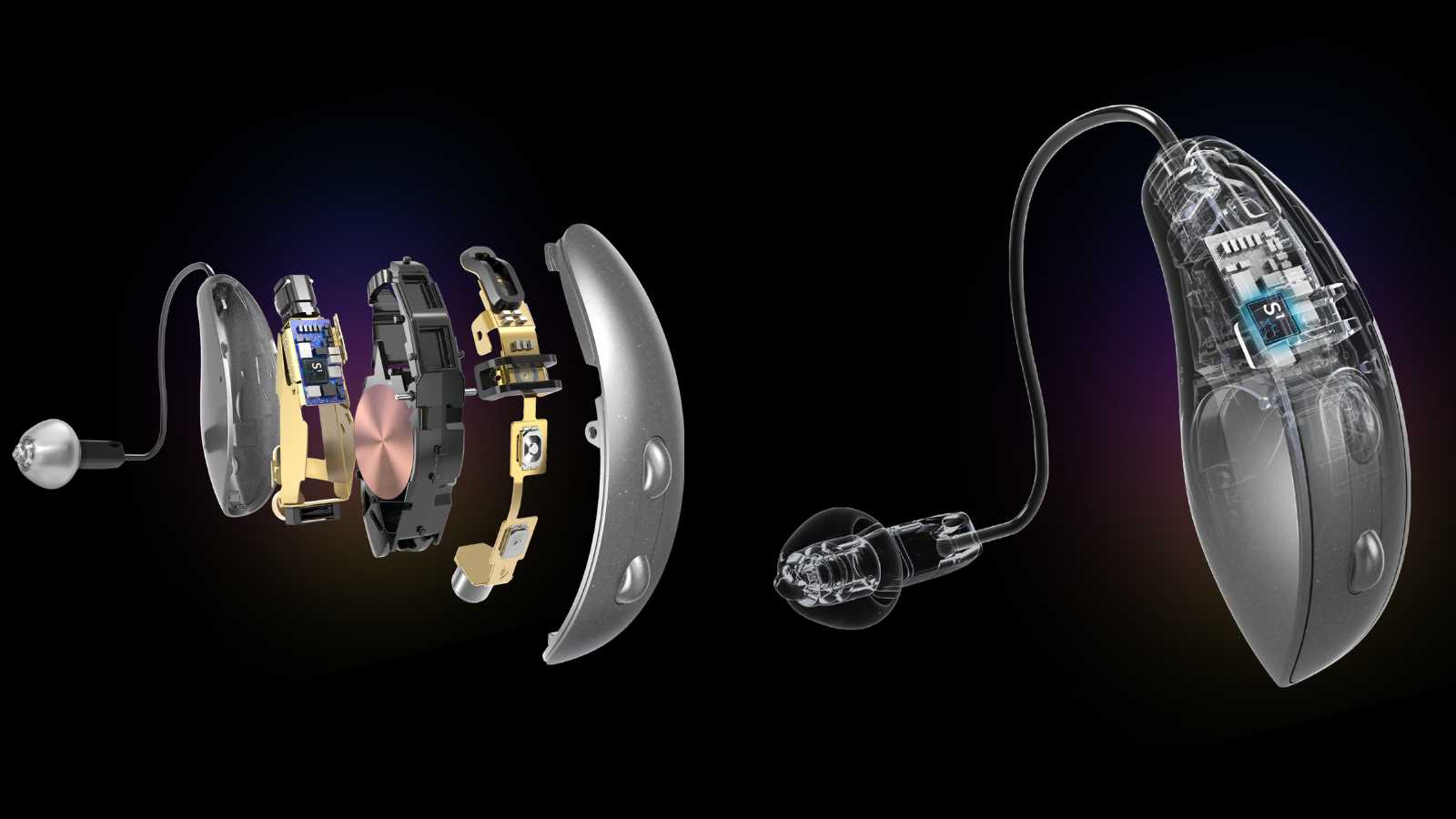Hearing Aid DSP Chips: New Era of Miniaturization and Intelligence
As the global population ages, the issue of hearing loss is becoming increasingly prominent, with 220 million people in our country suffering from varying degrees of hearing loss. The hearing aid market is embracing new opportunities for development. Against this backdrop, the specialization and intelligence of hearing aids have become new trends in the industry. This article will delve into the chip innovations behind hearing aids and how these innovations are propelling the industry forward.
The Development of Intelligent Hearing Aids 
Hearing aids, as an important tool for compensating for hearing loss, have a history of more than 150 years. From the initial analog amplification to the current digital signal processing, the technology of hearing aids has undergone earth-shaking changes. Digital hearing aids use advanced algorithms to optimize and adjust sound to meet the needs of people with different degrees of hearing loss. With the advancement of technology, digital hearing aids have not only become more diversified in functions, such as noise suppression and Bluetooth connectivity, but have also innovated in product types, such as assistive listening devices and bone conduction hearing aids.
The Key Driving Force of Chip Innovation
In the development of intelligent hearing aids, DSP chip innovation plays a core role. DSP processes the signals received by the microphone according to the user's hearing condition and the surrounding acoustic environment, using algorithms for filtering, amplification, and modulation, and finally transmits the clear and optimized signals to the ear through the speaker.

Onsemi, as a leading hearing aid chip supplier in the industry, its Ezairo series of DSP platforms are the main products in the field of hearing aids, integrating highly integrated, flexible, and energy-efficient mixed signal DSP solutions. From the evolution of multi-core architecture to the refinement of manufacturing processes, these technological upgrades have greatly improved the integration and performance of hearing aid chips, meeting the market demand for comprehensive and diversified professional applications. Taking the Ezairo 8300 as an example, its six-core architecture includes 24-bit and 32-bit DSP cores, Arm Cortex-M3 processors, HEAR configurable accelerators, etc., providing a high degree of parallel processing capabilities and flexibility, supporting complex audio signal processing algorithms and neural network computing.
Development Trends of Wireless, Intelligent, and Miniaturization
As a leader in the hearing aid chip industry, Onsemi's innovative direction in hearing aid chip design is mainly focused on wireless, intelligent, and smaller size. At the "2024 Beijing International Audiology Conference", Onsemi brought innovative solutions to the market, meeting the needs for miniaturized and intelligent hearing aids. These solutions are not only highly integrated but also have ultra-low power Bluetooth technology, supporting wireless fitting and a variety of audio streaming protocols, providing users with more convenient and personalized auditory experiences.
AI + Hearing Aids: An Important Direction for Intelligence
The introduction of artificial intelligence has brought new possibilities for the development of hearing aids. Automatic scene recognition technology enables hearing aids to recognize the environment in real-time and automatically adjust sound gain and noise reduction settings. The integration of this technology with AI, especially in the issue of speech enhancement in noisy environments, has shown the significant advantages of machine learning algorithms. The Ezairo 8300 chip, with its built-in neural network accelerator, achieves AI offline computing, capable of local processing such as voice wake-up and volume adjustment in a low power state, and even automatic adaptation through deep learning algorithms. Its integrated neural network accelerator provides strong hardware support for executing AI and machine learning tasks.
Conclusion
With the continuous advancement of technology, hearing aids are gradually becoming an indispensable part of the lives of people with hearing loss. From chip innovation to intelligent applications, the hearing aid industry is facing unprecedented development opportunities. In the future, we have reason to believe that hearing aids will better integrate into intelligent life, providing more comprehensive and professional functions for people with hearing loss, improving their auditory experience and quality of life.
Recommended Devices
● IS31AP4991-GRLS2-TR is a 1.2-watt audio power amplifier designed by Lumissil Microsystems for mobile phones and other portable electronic devices. This chip provides high efficiency and high-fidelity audio output, suitable for portable audio amplification applications such as mobile phones, personal digital assistants (PDAs), laptops, and other portable devices.
● MAX9768ETG+T is an audio amplifier chip produced by Maxim Integrated, designed for high-quality audio playback. This chip integrates a variety of audio processing functions, including high-fidelity audio amplification, noise suppression, and echo cancellation, providing clear and pure audio output. MAX9768ETG+T supports a variety of audio input and output interfaces, suitable for portable audio devices, smart home devices, and other applications requiring high-quality audio amplification.
● SN65DP159RGZT is a high-speed CAN (Controller Area Network) transceiver produced by Texas Instruments, suitable for network communication in automotive and industrial control systems. This chip supports high-speed CAN communication protocols, providing stable data transmission in high-noise environments. SN65DP159RGZT has low power consumption characteristics, suitable for battery-powered applications. Its compact packaging design helps save space and is suitable for compact electronic system design.
Website: www.conevoelec.com
Email: info@conevoelec.com







